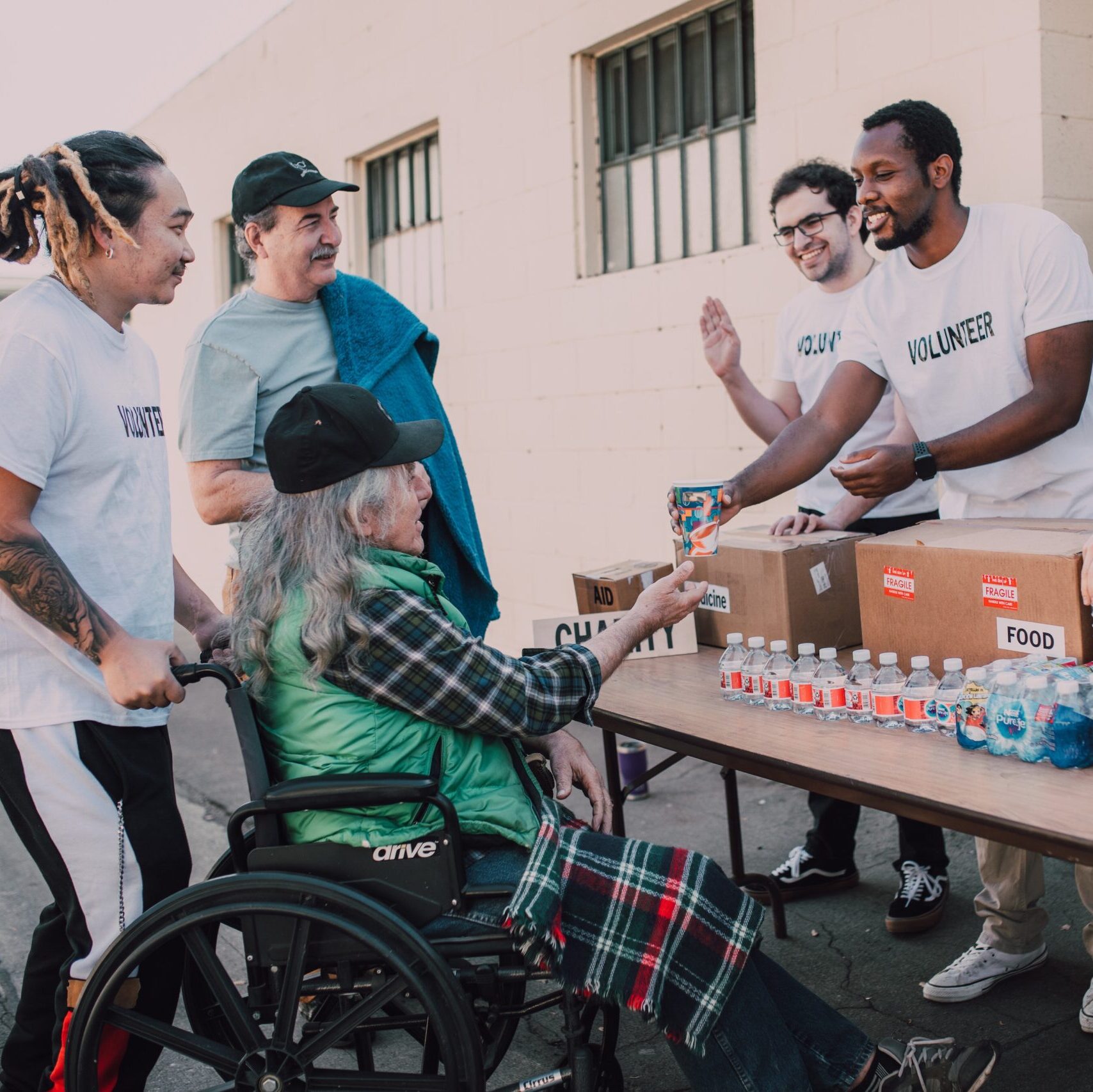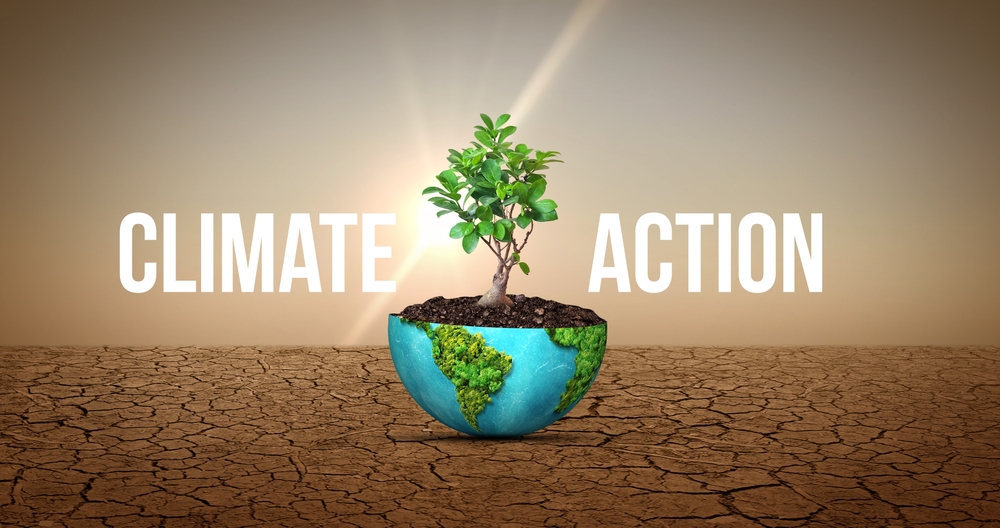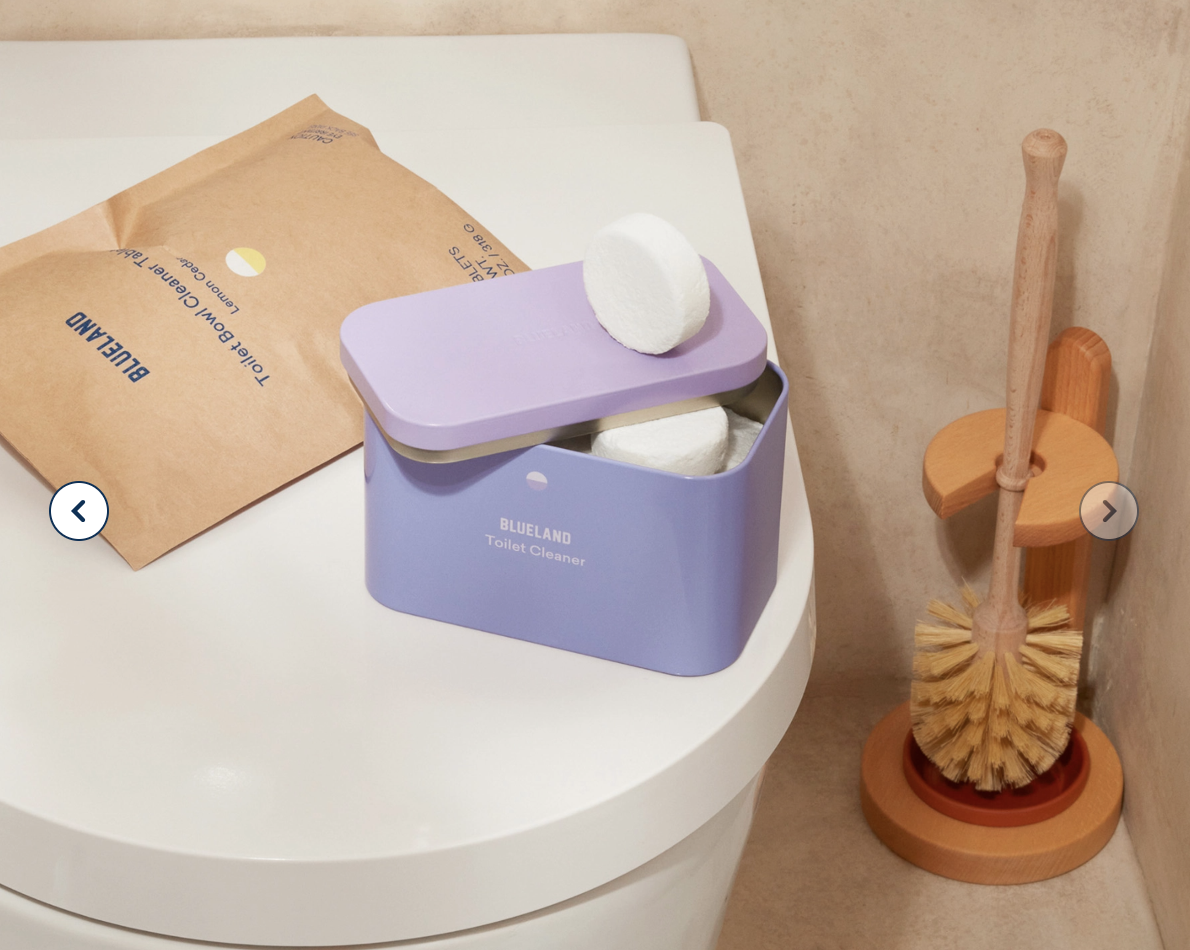Where Valuing the “good they do” Helps Narrow the Persistence Gap

“I will be the first person in my family to graduate with a bachelor’s degree,” Karen Ortiz, a CUNY Hunter student, explains. “That motivates me a lot. My mom didn’t have the opportunity to do it. My grandma. My parents. None of them. So I really want to do it. I really want to achieve it.”
Determination and drive notwithstanding, three-quarters of college dropouts are first-generation college students, while more than two-thirds of them are from low-income families. According to Fast Company, students with good grades are quitting school because of unpaid school debt that’s often less than $1,000. “Such balances make them unable to register for their next batch of classes,” the article states.
While most jobs today require some form of higher education, the nearly 50% dropout rate caused by micro-debts leaves an achievement gap that is “costing the U.S. as much as $2.3 trillion annually in lost gross domestic product.”
PIPs Education Fund (PEF) is helping Karen to be one of the low-income, first-generation students who beat the odds, persist in school, and get a degree. Last June, Karen was selected to participate in the PIPs for School (P4S) Scholars program, a unique, tech-enabled, action-study opportunity that helps low-income students overcome barriers to equity in education while learning the power of community engagement and individual action. Scholars earn a “currency of good,” called Positive Impact Points (PIPs), for completing actions benefiting health, community, and the environment (e.g. recycling, taking public transit, meeting with a mentor, volunteering). Once they’ve earned a threshold number of PIPs, they’re rewarded with a $1,000 grant that can be used to pay school-related expenses.
The $1,000 P4S Scholars grant is not huge, but when put toward school-related expenses, bridging the gap causing so many students to drop out, that’s how we make a difference. From textbooks and meals plans to room and board to software, we’re making sure that those smaller expenses don’t prevent the students we serve from achieving their goals.
What’s the message we’re sending to Scholars? We see you working that job in order to help pay bills at home, volunteering in your community, and doing your part to protect the environment — all while taking a full course load. We see the good you do, the leadership skills you are building, and we value it. We recognize and want to reinforce what you do in a way that gives back, or more precisely, gives forward, by helping you on your path to a better, brighter future.
“When I go to work or when I volunteer and the PIPs Scholars program is saying ‘I’m doing a good thing,’” explains Little Azeez, a student at New York City College of Technology interested in aerospace engineering, “That’s a great way to give back to students who do their part to help their community, yet struggle to pay for school.”
Wendy Gordon
President, PIPs Education Fund


